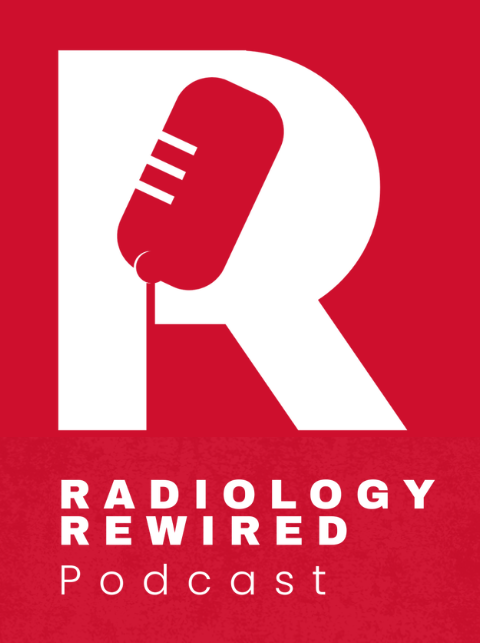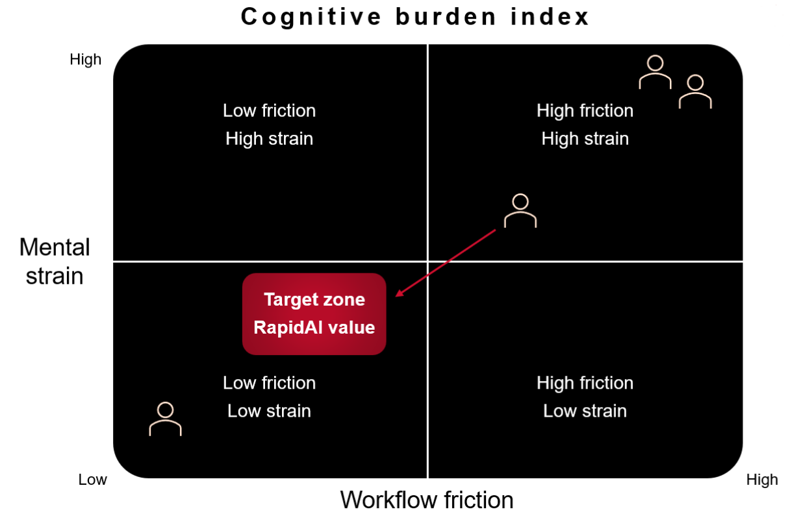The last decade has brought significant advances in imaging technologies and endovascular thrombectomy (EVT) devices used to treat acute ischemic stroke. While many of these advanced technologies are used in stroke centers in resource-rich countries, recent studies in South America are helping to justify adoption in countries that may not have the same care infrastructure.
Assessing Safety & Efficacy of EVT In Brazil
Several trials have been conducted proving patients with large vessel occlusions (LVOs) and favorable imaging characteristics can receive endovascular thrombectomy (EVT) treatment in the extended time window of 6 to 24 hours after stroke onset. These clinical trials used RapidAI software to select patients eligible for EVT treatment. These trials were conducted in high-income countries with access to state-of-the-art technologies and abundant resources. Can similar results be achieved in countries with less?
The Brazilian government conducted a trial to determine the safety, efficacy, and feasibility of EVT in Brazil's public health care system. Titled the RESILIENT trial, many hospitals used AI software to select eligible patients for EVT. The results indicated that patients who received EVT treatment in conjunction with standard medical care within 8 hours after the onset of stroke symptoms had better functional outcomes at 90 days than patients who received standard care alone.
Additionally, the economic evaluation of the trial showed that the long-term benefits of EVT treatment offset the initial higher cost of EVT in the public health care system of Brazil— further strengthening the case for incorporating mechanical thrombectomy in the Brazilian public stroke centers.
Based on these results, in 2021, CONITEC Brazil recommended EVT to treat eligible acute ischemic stroke patients up to 24 hours from the onset of symptoms.
The Value of Adding AI into the Stroke Workflow in Argentina
Since the RESILIENT trial, RapidAI software has been implemented in several hospitals across South America, further increasing access to life-saving treatment for stroke patients.
A prospective registry-based study, conducted by Clínica La Sagrada Familia – Eneri in Buenos Aires, Argentina, reaped similar promising results.
Between February 2020 and March 2021, 2,063 images from 1,092 patients were processed using several modules of the RapidAI stroke platform including Rapid ASPECTS, Rapid ICH, and Rapid CTA. Of the patient population in the study, 121 out of 444 patients met the extended treatment window criteria of SWIFT-PRIME, EXTEND-IA, and DEFUSE 3 trials. Physicians performed 113 reperfusions.
The successful implementation of Rapid and its AI technology quickly and safely provided Eneri’s acute stroke workflow the necessary information to treat patients with hyperacute stroke in the extended time window - saving time, resources, and most importantly, brain.
Helping to Level the Playing Field for Stroke Care
Both Brazil’s RESILIENT study and Clínica La Sagrada Familia – Eneri’s study demonstrate that the cost of treating patients with the most advanced technology delivers a positive return on investment as measured in patient outcomes. When resources are limited, integrating AI solutions such as RapidAI have the potential to transform how stroke care is delivered.
To learn more about the impact of RapidAI for stroke found in more than 2000 hospitals and 60+ countries, please visit https://www.rapidai.com/stroke


